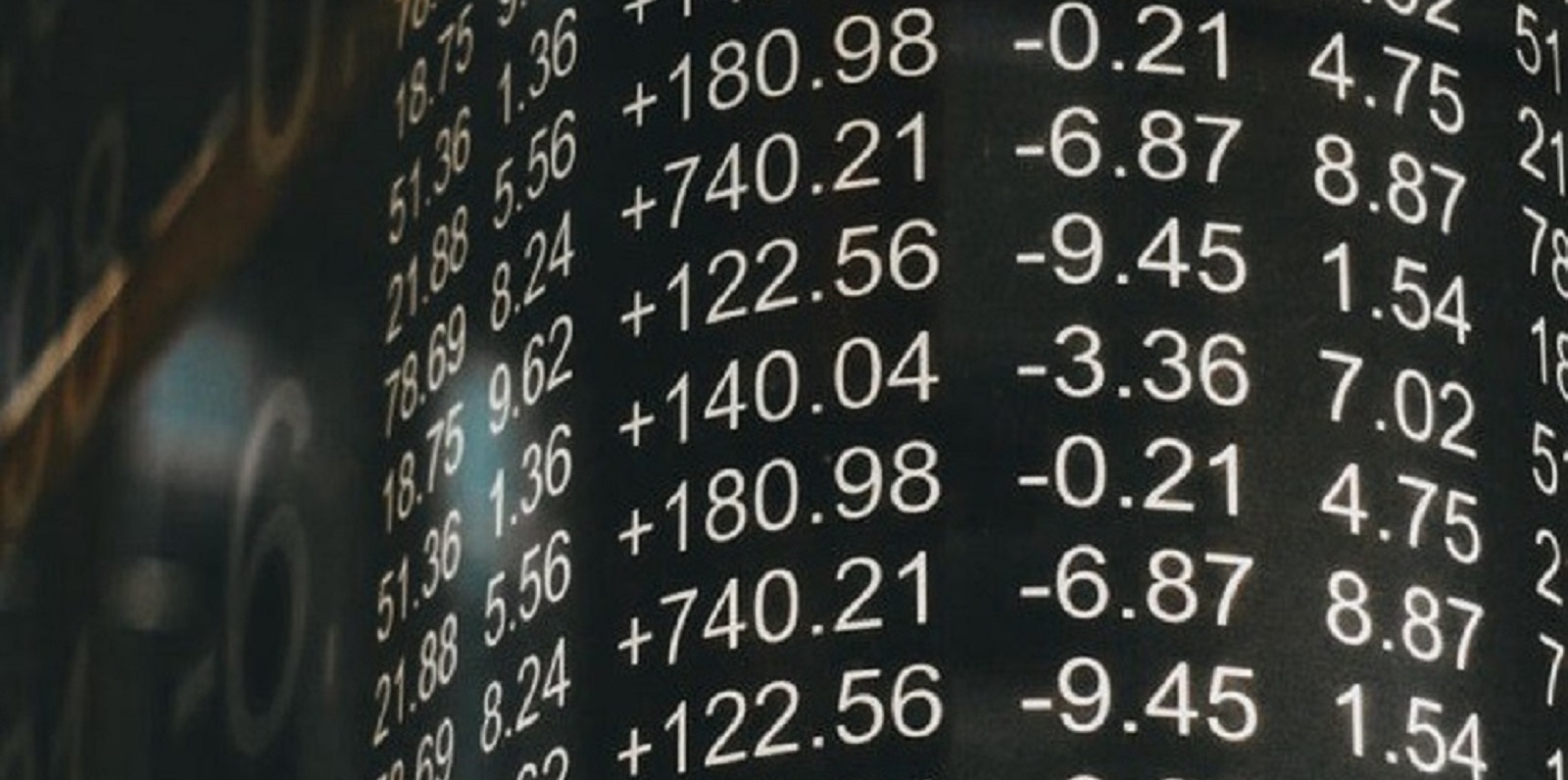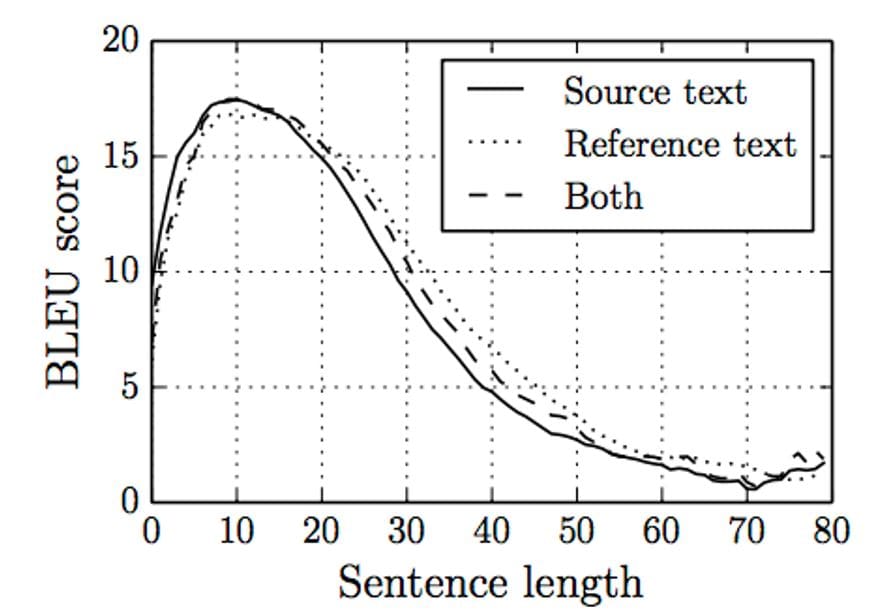 By TOPBOTS -
2021-02-04
By TOPBOTS -
2021-02-04
An overview of the architecture and the implementation details of the most important Deep Learning algorithms for Time Series Forecasting.
 By KDnuggets -
2021-02-09
By KDnuggets -
2021-02-09
Attention is a powerful mechanism developed to enhance the performance of the Encoder-Decoder architecture on neural network-based machine translation tasks. Learn more about how this process works an ...
 By ideas.ted.com -
2020-11-05
By ideas.ted.com -
2020-11-05
By identifying which of these is consuming your minutes and hours, you can start carving out more happy and meaningful moments for yourself, says time and happiness researcher Ashley Whillans.
 By DeepAI -
2019-05-17
By DeepAI -
2019-05-17
Markov chains are used to model probabilities using information that can be encoded in the current state. Something transitions from one state to another semi-randomly, or stochastically.
 By KDnuggets -
2021-01-23
By KDnuggets -
2021-01-23
Learn how to develop a LSTM neural network with PyTorch on trading data to predict future prices by mimicking actual values of the time series data.
 By Medium -
2020-12-09
By Medium -
2020-12-09
In the first part of our tutorial on neural networks, we explained the basic concepts about neural networks, from the math behind them to implementing neural networks in Python without any hidden…






